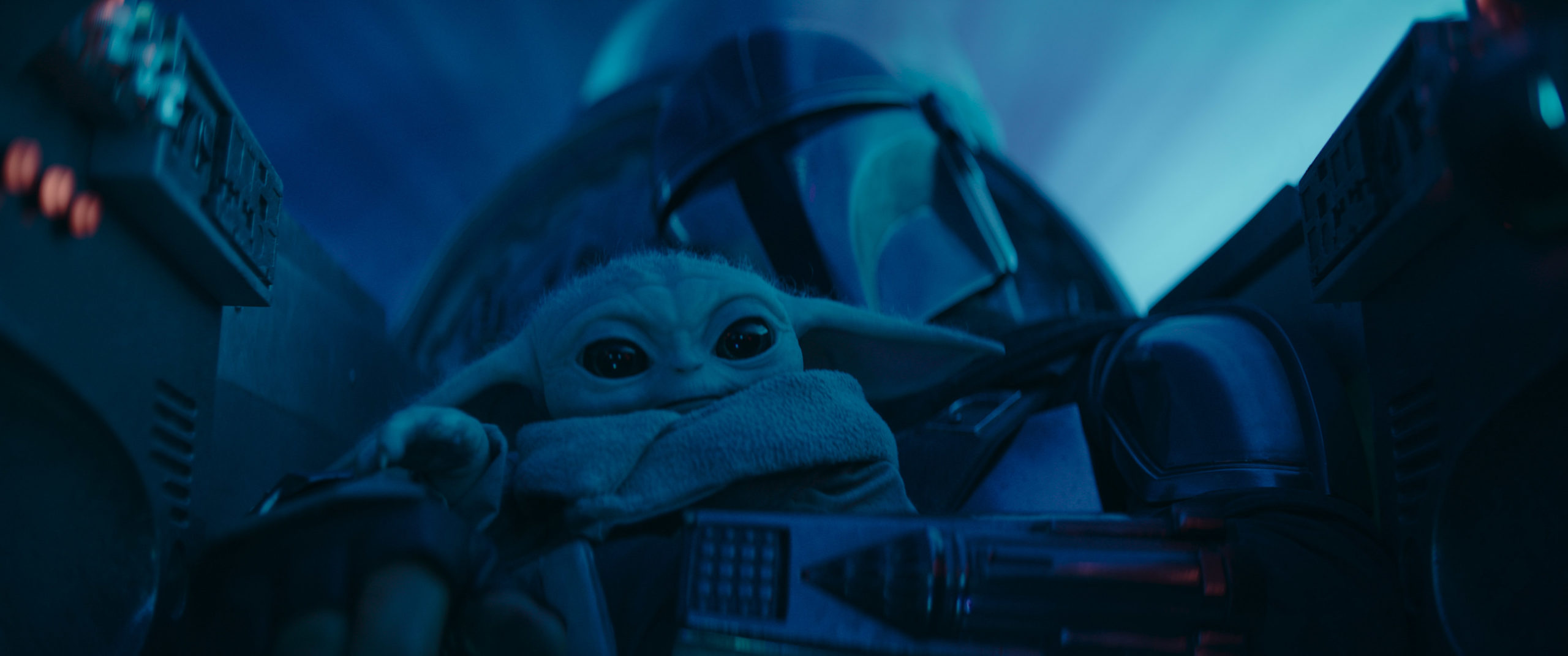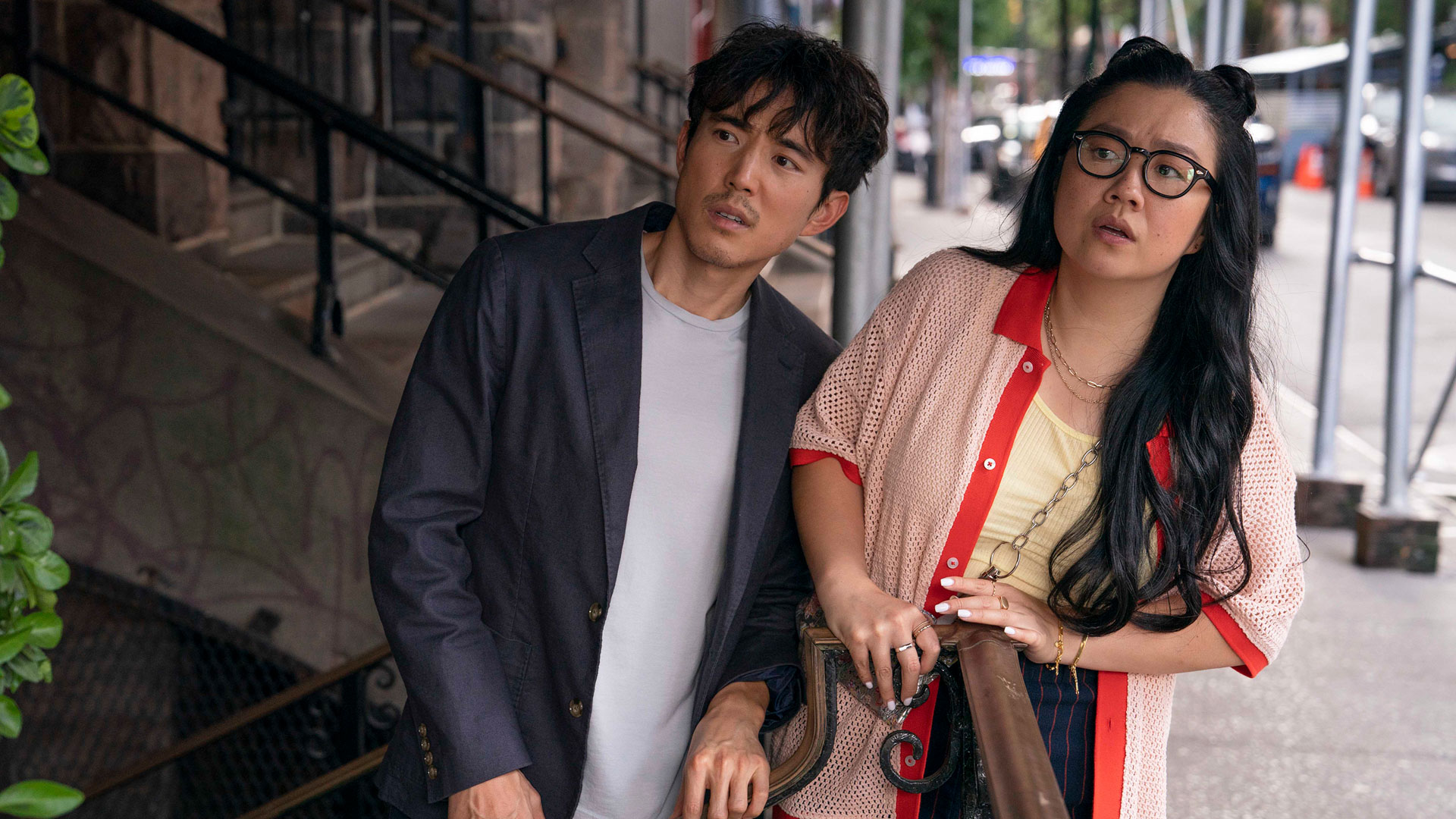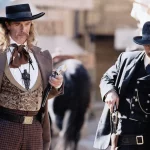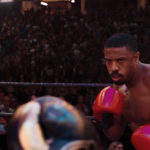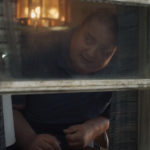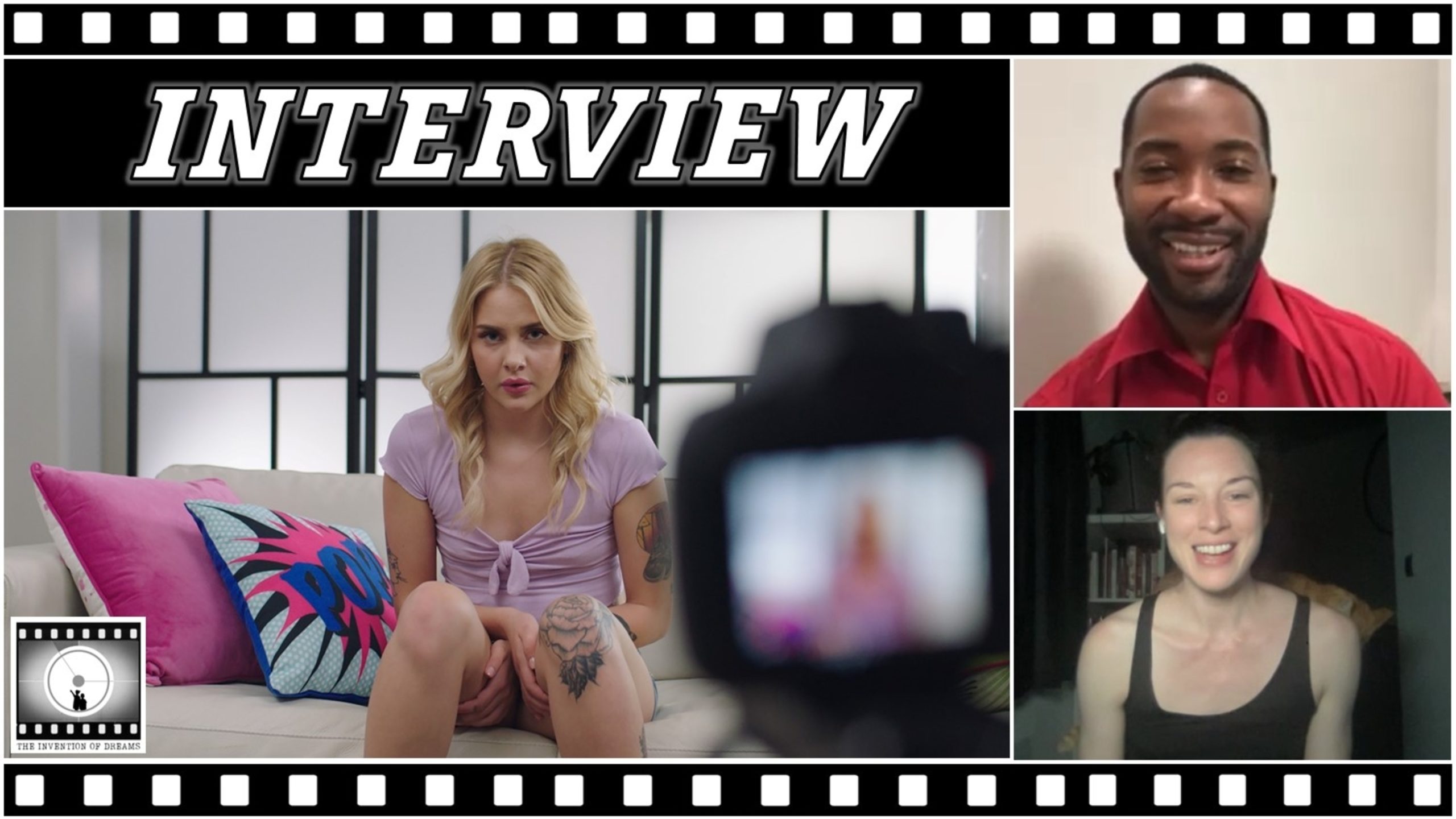
Part one of a two part series in honor of No Time to Die discussing Daniel Craig’s turn as 007 and how it fits into the larger legacy of cinema’s greatest spy, James Bond.
The Origin Story

James Bond was birthed by a former Naval Intelligence Division officer named Ian Fleming. Fleming, responsible for planning clandestine operations in Spain during the Second World War, wrote the spy’s debut novel, Casino Royale, from his Jamaican estate, GoldenEye. The story was published in 1953… and the very next year it was adapted for American audiences. That first “Bond film” – technically an episode of the CBS anthology series CLIMAX! Mystery Theater – starred American actor Barry Nelson as Intelligence Officer Jimmy Bond who pairs up with British Agent Clarence Leiter to defeat a Soviet operative, Le Chiffre (played in a late career role by the great Peter Lorre), in a game of baccarat. Aside from setting up a rights mess that would hound the series for more than forty years (a story for another day), it also missed out on so many of the quintessential things we associate with James Bond.

Connery

It’s for good reason that nobody thinks of that story as Bond’s filmic genesis – it isn’t good. It wasn’t until 1962 when the Bond formula really came to life thanks to the singular charms of a tall, fit, thirty-something Scottish actor. Carrying the gravity of an older man, and the charms of the ultimate cad, Sean Connery was an instant icon of era defining masculine virtue. Witty and dangerous, smug and stylish, Connery’s Bond is a man of appetites: he drinks, he fights, he gambles, he fucks. Dr. No sees a nascent version of the tropes and devices that would come to define our hero: a beautiful woman, a villain with a ridiculous lair. And yet one is perhaps most struck by how calm the movie feels compared to later entries. Much of Dr. No is driven by a dialogue and a version of spycraft still vaguely tethered to reality.
It was, of course, a success. The next three Bond films From Russia With Love, Goldfinger, and Thunderball form a triptych that help define the contours of the character and the franchise. 1963’s From Russia With Love, Connery’s strongest film to my eye, sees the franchise’s signature lunacy held on the outskirts of the storytelling. While there are gadgets, quips, goofy numbered bad guys from acronymic evil organizations like SPECTRE and SMERSH, and a brief appearance from the character who would come to be known as Q, the film is still reasonably grounded. The fights, especially a brutal close quarters train battle with Robert Shaw’s Red Grant, are still physical and grounded. The story is cohesive and comprehensible. There are efforts at continuity as well – Bond is first seen canoodling with Dr. No romantic interest Sylvia Trench. The next film, Goldfinger, expands into a bit more lunacy as villain monologues (“No, Mr. Bond, I expect you to die!”), goofy henchmen (Oddjob), and bigger louder action scenes become the norm. Thunderball begins to fall into excess as longer action scenes that push the boundaries of the tech of the day. Slllloooooowwwwwww in 2021, Thunderball’s underwater scenes were a technical achievement in 1965 and the film remains the box office high water mark for the series (at least in terms of actual tickets sold).

1967’s You Only Live Twice sees Connery’s interest begin to wane behind the scenes as the series ebbs into the goofy excesses (thanks to a screenplay by Roald Dahl) that would eventually be skewered by the Austin Powers series: volcano lairs, goofy spaceships, and an emphasis on Bond’s most frequent – and least interesting – antagonist Ernst Stavro Blofeld. You Only Live Twice is most noteworthy not for anything that happens in the film but for setting a trend with Bond movies: in each generation they become more and more ridiculous until it’s time for a more grounded reset.
Lazenby

Connery left behind the Bond franchise after You Only Live Twice. Despite testing a number of famed actors for the role (including Dick Van Dyke and Batman’s Adam West!), the filmmakers went with an unknown model in Australian George Lazenby. On Her Majesty’s Secret Service is one of the very best Bond movies, showcasing one of the greatest Bond girl performances from Diana Rigg (best known now for Game of Thrones), and a more emotionally open leading man. Lazenby himself feels like a bit of a goof. His Bond is more put-upon (including a cringeworthy quip about how a mishap never would have happened to the other guy) and less priggishly masculine. It’s tough to overstate now what a moment of peril this film could have been for the franchise. Moving on from a star can often be the financial kiss of death. The film’s relative box office success made clear there would be life for 007 after Connery. It just would not be with George Lazenby.
Connery Redux

The rotund and indolent Bond of 1971’s Diamonds Are Forever screams of a series desperate for an breath of fresh air. Lazenby was not the answer and elected to depart the series after just one film. After failing to come to terms with a long term replacement, producers essentially cut Sean Connery a blank check to return. The cliffhanger ending of On Her Majesty’s Secret Service – and James Bond’s marriage – is abandoned in a few seconds of screen time. Diamonds Are Forever is oft maligned today as one of the series most racially insensitive entries. It is also one of the most low effort. When asked about his future as Bond after the film’s release, Connery remarked he would “never again” play the character. And it shows.
Moore

Roger Moore took on the role next, bringing a more comedic touch to the proceedings. His Bond is lighter and goofier, more of a flirt. It often seems as though Moore’s Bond is a leaf on the wind simply floating through the plot of his Bond’s stories. Moore’s serene presence helps to allow his films to devolve into the series’ most extreme excesses. Live and Let Die and The Man With the Golden Gun make for reasonably serious starts to Moore’s tenure. Throughout the series, Bond has often taken his cue from what’s in the zeitgeist elsewhere in pop culture. The trend is most pronounced during Moore’s tenure from the tinges of Blaxploitation cinema in Live and Let Die to the kung fu boom of Enter the Dragon and ABC’s Kung Fu on Golden Gun. Like Goldfinger, 1977’s The Spy Who Loved Me showcases the sort of pleasant excess with just enough grounding that can define many of the franchise’s strongest entries.
Moonraker was the first Bond in the wake of Star Wars and boy oh boy does it go over the top: space lasers and a metal-jawed henchman (who also happens to take his name from another successful movie, Jaws) are some of the least goofy elements of the film.
For Your Eyes Only is the next reset to the formula. Showcasing Moore’s strongest performance as Bond, For Your Eyes Only is a darker take on the character than audiences had seen for nearly two decades. Reflecting the general American crisis of confidence that had permeated the West at the end of the 70s, the film is an interesting “what could have been” for Moore’s Bond – a more grounded, human scale character. Alas, the easy excess of 80s cinema dictated Moore’s last two entries, Octopussy and A View to a Kill. Both are daffy consequence-free adventures, and A View to a Kill still stands out as the franchise’s dopiest entry.

It’s worth noting that Sean Connery once again returned to the franchise in an “unofficial” Bond movie called Never Say Never Again in 1983 Technically a remake of Thunderball arising from complex rights issues, the film feels like a hollow pretender James Bond movie. Too many iconic elements are missing. Despite Connery’s return and the presence of The Empire Strikes Back director Irvin Kershner, the film was a poor performer critically. It was even defeated by Octopussy in the lone Battle of the Bonds at the box office – it remains an odd historical curiosity.
Dalton

Dalton portrays the darkest version of Bond yet. His pair of films are largely humorless and take their cues from hard R 80s action cinema like the Rambo movies. The Living Daylights is Dalton’s better film, but Licence to Kill is the more interesting. A fascinating artifact of 80s excess, it pushes the violence to levels previously unseen in the franchise including the brutal murder of longtime CIA Agent ally Felix Leiter’s family before cartel drug lords feed the agent’s lower half to a shark. The films were relatively soft box office performers and Dalton was quickly replaced by the lighter Pierce Brosnan.

It is a bit unfortunate that the Dalton era movies are so unsuccessful creatively as Dalton is an interesting James Bond. He remains perhaps the most “Fleming accurate” Bond – he’s dark, angry, and brutal. Dalton’s problem is that the James Bond of Ian Fleming is simply not the James Bond of the films. Even at his gruffest, Connery’s Bond was a far more charming, likable presence than the surly alcoholic of the books. I cannot help but wonder if there ever will be a market for a “book accurate” Bond. Daniel Craig is the other actor most inspired by the novels in his performance, but his more “serious” entries – Quantum of Solace and Spectre – are also his weakest.
Brosnan

Allow me to start with what may be considered a hot take: Pierce Brosnan had the necessary skills to be an absolutely stupendous Bond. His first film, GoldenEye, showcases a performance that can embrace the glorious stupidity of the franchise (“She always did enjoy a good squeeze!”) with something more visceral (“For England, James?” “No. For me.”). He’s funny and charming with just enough darkness bubbling beneath the surface. There’s an element of masculine sleaze – something Brosnan leans into wonderfully in his post-Bond career in films like The Matador – that percolates throughout the performance. When Judi Dench’s M calls Bond a “sexist, misogynist dinosaur, a relic of the Cold War” in their first interaction, Brosnan lets slip the hint of a smirk as he sips his bourbon.
It really is too bad that he only got to make one particularly good Bond film in GoldenEye. His second, Tomorrow Never Dies, pleasantly steals from 90s Asian Action cinema but the excess is already creeping in: a phone controlled car that essentially thwarts an army of bad guys single-handedly stands out. The World Is Not Enough begins to crumble under preposterous over-plotting and is hamstrung by one of the very worst Bond girls, Denise Richards as a nuclear physicist (or something) named Christmas Jones. Die Another Day is simply very bad: more space lasers join horrendous CGI, invisible cars, diamond-faced baddies, and some of the worst writing of the entire franchise to craft an entry from which no Bond actor could recover. Something needed to change.
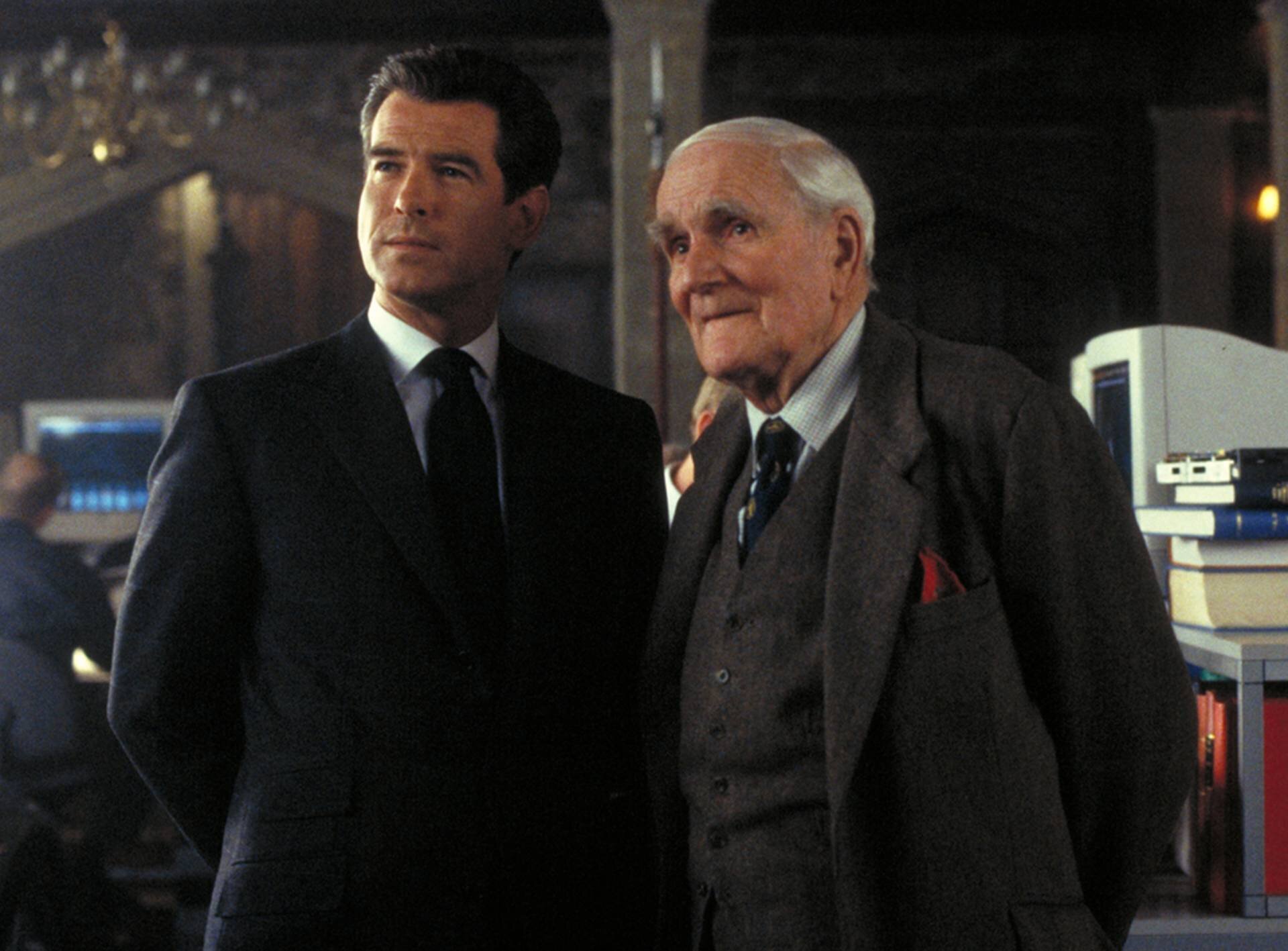
Image courtesy of EON Productions
Come back on Monday to read about that change in Part 2: Daniel Craig’s Place in James Bond History



